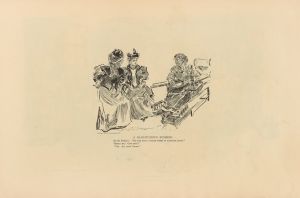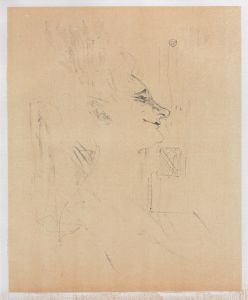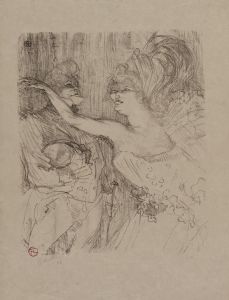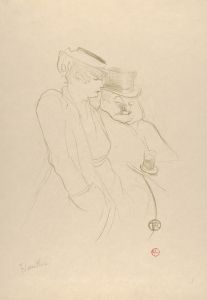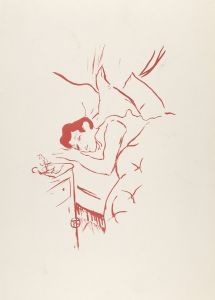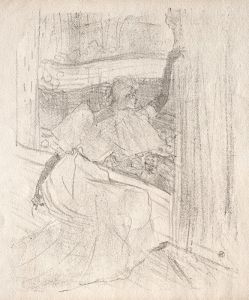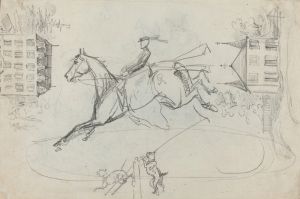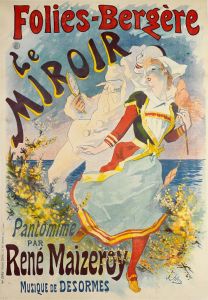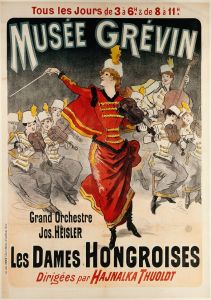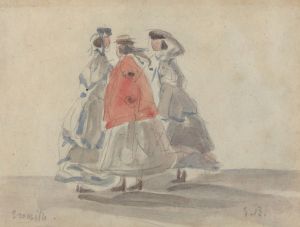
Queen of Joy
A hand-painted replica of Henri de Toulouse-Lautrec’s masterpiece Queen of Joy, meticulously crafted by professional artists to capture the true essence of the original. Each piece is created with museum-quality canvas and rare mineral pigments, carefully painted by experienced artists with delicate brushstrokes and rich, layered colors to perfectly recreate the texture of the original artwork. Unlike machine-printed reproductions, this hand-painted version brings the painting to life, infused with the artist’s emotions and skill in every stroke. Whether for personal collection or home decoration, it instantly elevates the artistic atmosphere of any space.
Henri de Toulouse-Lautrec, a prominent French painter, printmaker, and illustrator, is renowned for his vivid portrayals of Parisian nightlife in the late 19th century. His works often capture the vibrant and sometimes decadent atmosphere of the cabarets, dance halls, and brothels of Montmartre, a district in Paris known for its bohemian lifestyle. One of his notable works is "Queen of Joy," a painting that exemplifies his unique style and thematic focus.
"Queen of Joy" is a depiction of a scene from the nightlife that Toulouse-Lautrec was so intimately familiar with. His works are characterized by their bold use of color, dynamic compositions, and an almost caricature-like portrayal of figures, which is evident in this painting. Toulouse-Lautrec's ability to capture the essence of his subjects with both empathy and a critical eye is a hallmark of his artistic approach.
The painting reflects Toulouse-Lautrec's fascination with the performers and patrons of the Parisian entertainment scene. His subjects often included dancers, singers, and other entertainers, as well as the diverse clientele that frequented these venues. "Queen of Joy" likely portrays one such figure, capturing the exuberance and complexity of her character. Toulouse-Lautrec's work often blurs the line between portraiture and genre painting, providing a glimpse into the lives of his subjects while also commenting on the broader social milieu.
Toulouse-Lautrec's technique in "Queen of Joy" would have involved his characteristic use of bold outlines and flat areas of color, influenced by both Japanese prints and the Post-Impressionist movement. His approach to composition and form was innovative, often eschewing traditional perspectives in favor of more dynamic and immediate representations. This allowed him to convey the energy and movement of the scenes he depicted, drawing viewers into the world he portrayed.
The artist's personal life and experiences deeply informed his work. Born into an aristocratic family, Toulouse-Lautrec suffered from health problems that left him physically disabled. This, combined with his immersion in the bohemian culture of Montmartre, gave him a unique perspective on the world he painted. His works often reflect a sense of empathy and understanding for the marginalized figures of society, capturing their humanity with both sensitivity and honesty.
"Queen of Joy" is a testament to Toulouse-Lautrec's ability to encapsulate the spirit of an era. His paintings are not just visual records of a particular time and place, but also explorations of human emotion and social dynamics. Through his art, Toulouse-Lautrec offers a window into the complexities of the human experience, making his work enduringly relevant and compelling.
While specific details about "Queen of Joy" might be limited, the painting remains an important part of Toulouse-Lautrec's oeuvre, illustrating his mastery of capturing the vibrancy and diversity of Parisian life. His legacy as an artist is marked by his ability to transcend the boundaries of traditional art forms, creating works that continue to resonate with audiences today.





